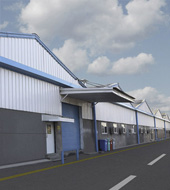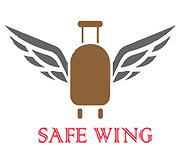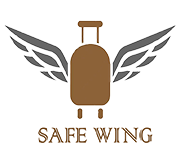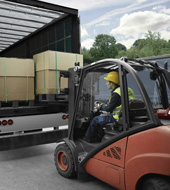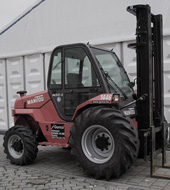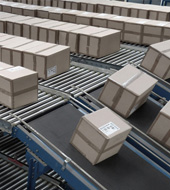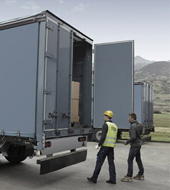Here are the steps to warehousing in details:
1. Receiving
Your supplier must first send an Advance Shipping Notice (ASN) to your logistics provider in order for them to prepare the warehouse space accordingly. This must contain what kind of container the goods will come in: crates, cartons, pallets, or other kinds of repositories.
This can also ensure that once the products arrive at the warehouse, they can be easily verified by the managers present. After confirmation, your supply will then be prepared for the next stage, put-away.
2. Put-Away
Trusted logistics solutions providers, such as SAFE WING, have a Warehouse Management System (WMS) in their warehouses to ensure proper put-away. Operators will transfer the products from staging to storing for further examination.
A bar scan or manual inspection will determine what storage unit has been prepped to receive the goods. After which, they will be transported to their respective locations and stored. The operator will then confirm that the put-away process has been completed.
The next stage starts the process of distribution.
3. Pick and Pack
Warehousing handles complex businesses with local and international distribution. Separating their goods from storage into different batches cost a large number of resources such as manpower. Logistics solutions providers can offer this step in order to reduce the cost of their customers. Pick and Pack is the process of separating the goods in preparation for dispatching or temporary storage.
Picking
The primary stage is the picking of goods once they have been received from storage. Some customers opt for their goods to go directly into dispatching. Others, such as those who prefer their goods in smaller containers, undergo a secondary process.
The Secondary stage is the second picking process used to sort the goods into batch orders or single orders. This will depend on the customer’s request. The secondary stage is popular for the e-commerce industry as it requires smaller batches of goods to be dispatched at a quick rate.
Packing
Different distribution systems have different ways of packing. Discuss your preferred method of packing with your logistics service provider. Warehouses have a number of set rules to ensure that your goods are packaged as efficiently as possible. One of the most important rules to note is that goods must be traceable and easy to find. Another is that goods must be packed depending on their properties to ensure their safety (size, quantity, toxicity, etc.)
4. Dispatching
Automated systems are used by logistics providers to prepare goods for departure. Warehousing in the SAFE WING has professional managers to operate these systems to ensure the proper flow of goods through different stages. Their main goal is to prepare the products in time for the arrival of carriers. With the number of goods going through the different areas, it is crucial that they are managed well in order to prevent any pile-up.
5. Returns
You need to establish a set system in the case of any returned goods from your customers. SAFE WING Warehousing requires Return Management Authorization (RMS), in order to note in their system what is being returned and why.
Discuss what you would like the warehouse to do in case the stock is returned. You can opt to return it into storage, repair it, discard it, or even recycle the goods. The warehousing management team will constantly update the inventory to keep the system and you in check at all times.
